In Praise of the Kiosk
January 13, 2021
An age-old question: “What are you going to get?”
For the average ASIJ high school student, the kiosk is a battleground of choices. To decide what to buy is to determine the fate of the rest of one’s day. This is precisely why eliminating incorrect choices and locating correct options is so vital to the daily routine. Being able to choose the correct item from the kiosk is in no part natural talent. Only through great trial and error can the title of Kiosk Grandmaster be attained.
A student enters the kiosk. Immediately, they see four grand triangles, all of them labeled. On them are their respective colors: the passionate and warm orange for salmon flakes, the cool blue for tuna and mayo, the exotic purple for sea kelp, and the vibrant pink for pickled plum. At the top, a tag that governs them all: “Onigiri ¥150.”
The onigiri series has great popularity amongst the ASIJ community. Not once has a kiosk onigiri ever betrayed the expectation of taste and satisfaction. However, it must be noted that for students, an onigiri’s large size indicates an investment; it is fit not just for a small snack, but for a filling meal. Only the bravest of students with the will to complete should attempt to lay their hands on the ¥150 feast.
To the left is an array of snacks: doughnuts, butter sticks, butter pretzels, soft pretzels, chocolate granola, brownies, and senbei. All of the above small snacks that can satisfy the immediate hunger of any student. The question is simply a matter of what to choose.
Students may find that going for the muffins, placed in a small basket behind the row of pretzels, or the doughnuts, lined at the front of the table, is the optimal course of action. Perhaps they would not be mistaken, but they would have missed a key aspect of the kiosk: a feature so core to the kiosk experience, that it wouldn’t be the kiosk without it.
Standing on a white tray stand, overlooking the rest of the grounded food items, placed on a tier higher than the rest, is a wooden basket and a planted yellow sign. Guarding the yellow emblem of the kiosk lie the wrapped cookies. To say that the cookies are popular is an understatement. A rule had to be established: “1 Cookie per person.” At ¥100, the desire for a cookie is always at the back of one’s head when a visit to the kiosk is made.
The multitude of items at the kiosk presents a unique and different challenge of choice to each student that passes its doors. With the above mentioned being said, it is still entirely important to recognize the benefits of healthy choices at the kiosk. Healthy options, such as mikan and bananas, are always readily available at the kiosk. Healthy decision making is entirely in the hands of students to make. The abundance of choices, healthy or not, is a privilege of the kiosk, and the single greatest item at the kiosk is for the student who enters to decide.

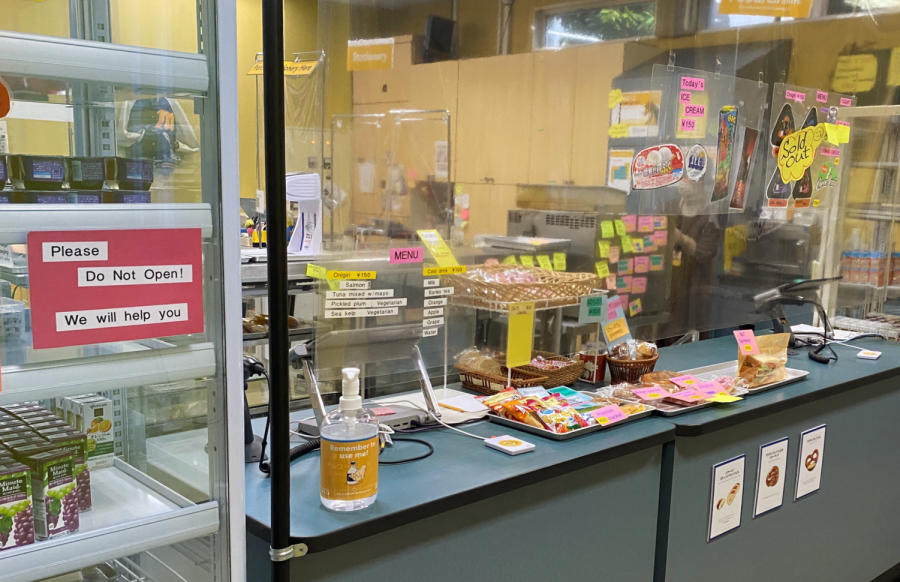

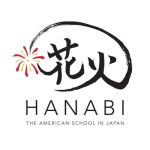








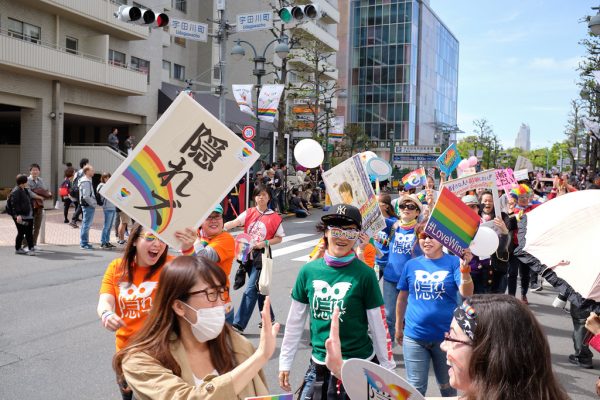



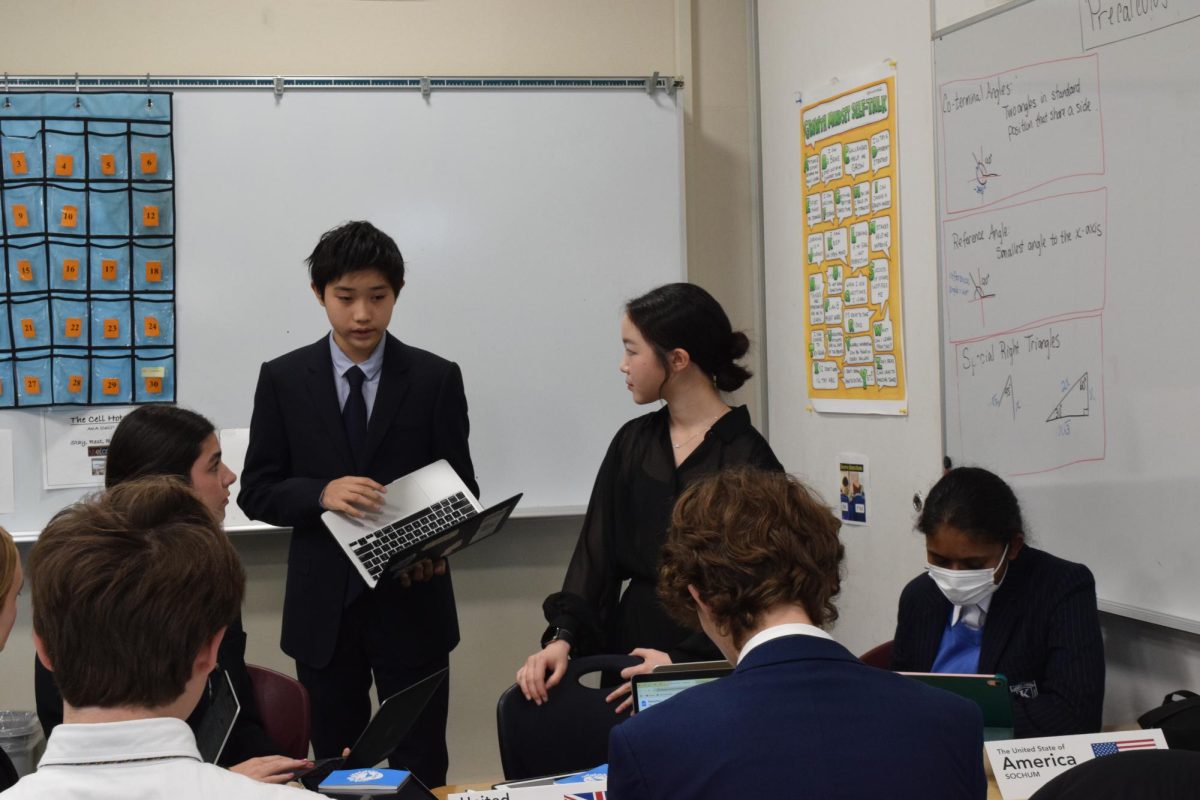
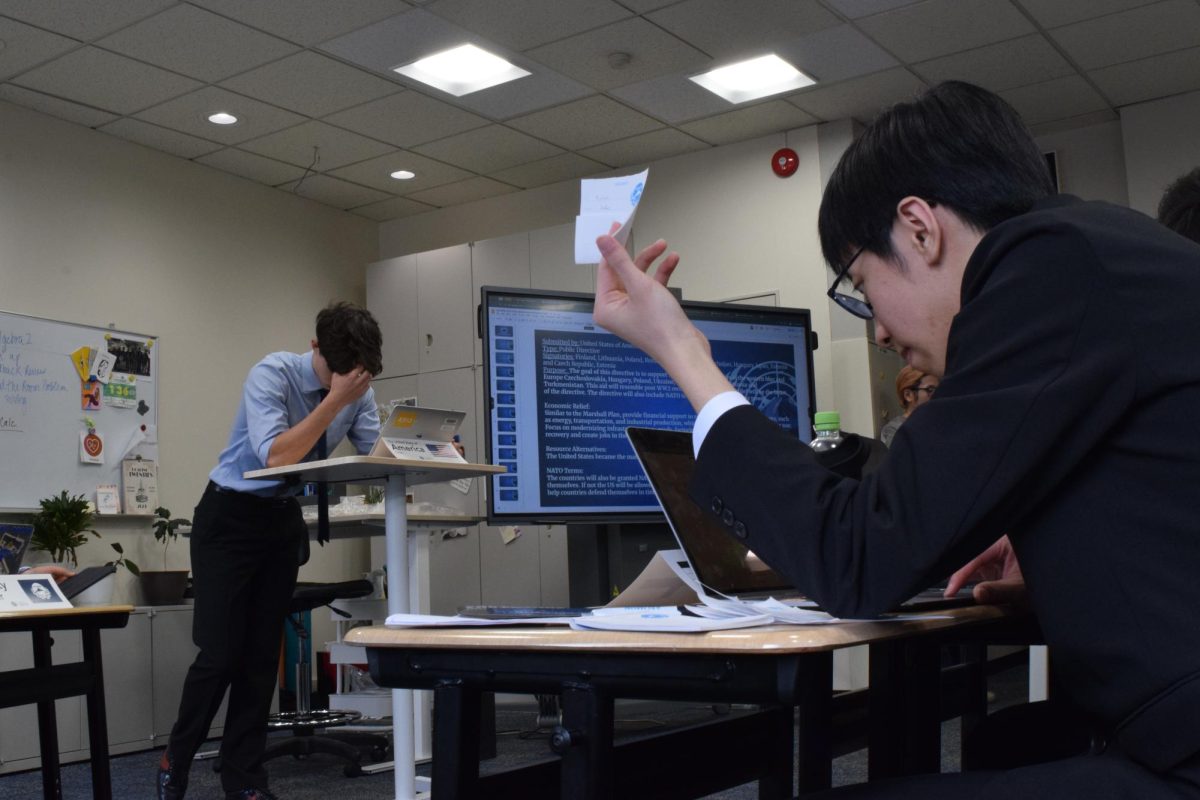
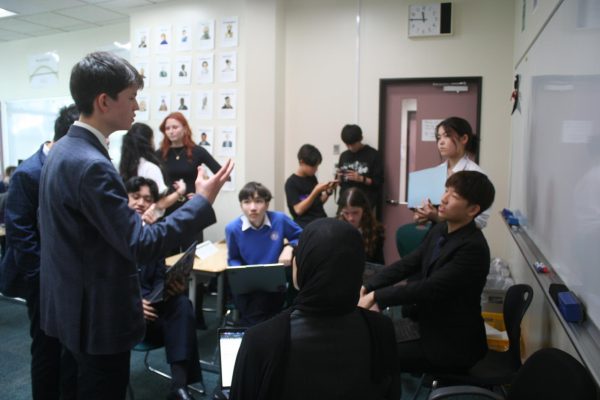


Hiroki Kurata • Apr 30, 2021 at 2:57 PM
Hi Ryne! I enjoyed your creative interpretation of the Kiosk and the decisions being made there. I think you did an excellent job of engaging the reader throughout your paper. One thing I think you can add to your Kiosk experience in order to increase the variety of choices, I think you could add a section on the ice cream sold in the Kiosk. Since they are different each day, it would be an interesting paragraph, and I am excited to see your interpretation of the ice cream.
– Hiroki Kurata
Erin • Apr 30, 2021 at 2:56 PM
I found this piece very interesting. Such a small choice like choosing something to get at the kiosk really does seem to have a lot of decision-making that I never noticed before. The contrast between the tone of talking about the onigiri and the cookies was really fun to read!